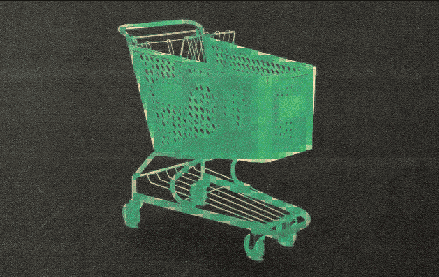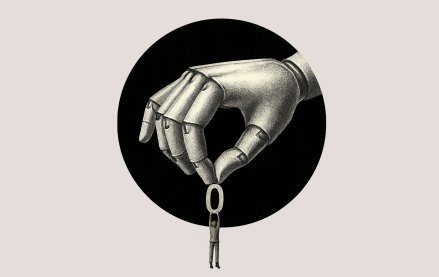Four passes left to attend the Digiday Publishing Summit

There’s much debate over just what “native advertising” means. Talk to enough publishers, however, you’ll find agreement on one thing: it isn’t banner ads.
The banner ad is now 18 years old. It has become a symbol of all that’s wrong with online advertising. It is more often than not devoid of creativity; it stands out as an intruder on webpages; and it is mostly ignored by readers.
And yet it continues to be a bulwark of the online advertising system. Many publishers would like to change that. (See Buzzfeed cobbling together a network of like-minded sites to run its sponsored content posts.) Here are 10 facts about banners that might make you wonder if there’s got to be a better way.
1. Over 5.3 trillion display ads were served to U.S. users last year. (ComScore)
2. That’s 1 trillion more than 2009. (ComScore)
3. The typical Internet user is served 1,707 banner ads per month. (Comscore)
4. Click-through rates are .1 percent. (DoubleClick)
5. The 468 x 60 banner has a .04 percent click rate. (DoubleClick)
6. An estimated 31 percent of ad impressions can’t be viewed by users. (Comscore)
7. The display advertising Lumascape has 318 logos. (Luma Partners)
8. 8 percent of Internet users account for 85 percent of clicks. (ComScore)
9. Up to 50 percent of clicks on mobile banner ads are accidental. (GoldSpot Media)
10. Mobile CPMs are 75 cents. (Kleiner Perkins)
11. You’re more likely to survive a plane crash than click a banner ad. (Solve Media)
12. 15 percent of people trust banner ads completely or somewhat, compared to 29 percent for TV ads. (eMarketer)
13. 34 percent don’t trust banner ads at all or much, compared to 26 percent for magazine ads. (eMarketer)
14. 25-34-year olds see 2,094 banner ads per month. (ComScore)
15. 445 different advertisers delivered more than a billion banner ads in 2012. (ComScore)
Image via Shutterstock
More in Media

How Mars decides where to spend its retail media dollars
Ron Amram, the senior director of global media for Mars, gave a glimpse at the company’s playbook for selecting which retail media network partners.

DEI work continues – if covertly – people managers emphasize
Companies are grappling with how to preserve the essence of DEI work under changed circumstances.

In Graphic Detail: Virtual influencers click with young audiences, yet brands’ interest wanes
In spite of the increased prominence of top virtual influencers, brands’ demand for this type of creator has declined in 2025. This is part of the natural boom-and-bust cycle that occurs around disruptive cultural or technological forces.





